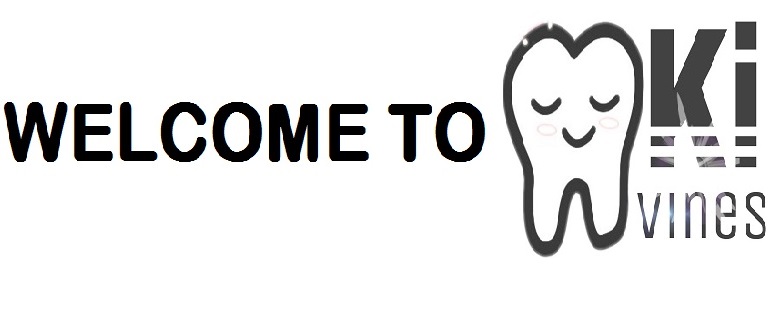HERE ARE SOME OF THE PREVENTIVE MEASURES YOU CAN FOLLOW TO MAINTAIN ORAL HEALTH OF YOUR CHILD.
CHILD 0-3 YRS OLD:
Breast feeding is important for a child's health as it helps in nutrition, growth of orodental area, and orthodontic treatment prevention.
Breastfeeding should be stopped when child is around 1 yr old.
Wipe the infant's gums and tongue regularly.
From 6 months, I would like to prefer Free Flow Cup for fruit juices. Fruit juices are equally risky but you can manage the frequency intake. Moreover, baby can sleep with bottle in his mouth but can't with free flow cups so reducing the chances of ECC (Early Childhood Caries).
REDUCTION OF SUGAR INTAKE IS IMPORTANT (BOTH DAY AND NIGHT)
CHILD 1 YEAR OLD:
Feeding should be stopped.
No added sugar.
PARENTS SHOULD BRUSH TEETH
Brushing should be started as soon as the first tooth erupts.
 Fluoridated Tooth Paste - <1000ppm, only a smear or size of Rice grain
Fluoridated Tooth Paste - <1000ppm, only a smear or size of Rice grain
Sugar free medicines can be given.
Reduction of sugar intake (frequency & amount)
CHILD 3-6 YEARS OLD:
Tooth brushing should be under the parents supervision. (Don't let them do alone), to be done Twice daily
Fluoridated Tooth Paste- 1000-1350ppm, Pea sized.
Recommendation- Not to rinse after brush (just spit) as it can maintain fluoride concentration
Sugar free medicines
Reduction of sugar intake (frequency & amount)
FLUORIDATED VARNISH APPLICATION by Dental Professional should be done twice a year as it causes remineralisation and have caries inhibiting effect.
Varnish adhere to enamel-- longer time stay of fluoride-- Prevention
After varnish application, DONOT EAT/DRINK FOR 60 MIN.
 |
Breast feeding is important for a child's health as it helps in nutrition, growth of orodental area, and orthodontic treatment prevention.
Breastfeeding should be stopped when child is around 1 yr old.
Wipe the infant's gums and tongue regularly.
 |
| FREE FLOW CUP |
From 6 months, I would like to prefer Free Flow Cup for fruit juices. Fruit juices are equally risky but you can manage the frequency intake. Moreover, baby can sleep with bottle in his mouth but can't with free flow cups so reducing the chances of ECC (Early Childhood Caries).
 |
| EARLY CHILDHOOD CARIES |
REDUCTION OF SUGAR INTAKE IS IMPORTANT (BOTH DAY AND NIGHT)
 |
| FINGER BRUSH |
CHILD 1 YEAR OLD:
Feeding should be stopped.
No added sugar.
PARENTS SHOULD BRUSH TEETH
Brushing should be started as soon as the first tooth erupts.
 Fluoridated Tooth Paste - <1000ppm, only a smear or size of Rice grain
Fluoridated Tooth Paste - <1000ppm, only a smear or size of Rice grainSugar free medicines can be given.
Reduction of sugar intake (frequency & amount)
CHILD 3-6 YEARS OLD:
Tooth brushing should be under the parents supervision. (Don't let them do alone), to be done Twice daily
Fluoridated Tooth Paste- 1000-1350ppm, Pea sized.
Recommendation- Not to rinse after brush (just spit) as it can maintain fluoride concentration
Sugar free medicines
Reduction of sugar intake (frequency & amount)
FLUORIDATED VARNISH APPLICATION by Dental Professional should be done twice a year as it causes remineralisation and have caries inhibiting effect.
Varnish adhere to enamel-- longer time stay of fluoride-- Prevention
After varnish application, DONOT EAT/DRINK FOR 60 MIN.









